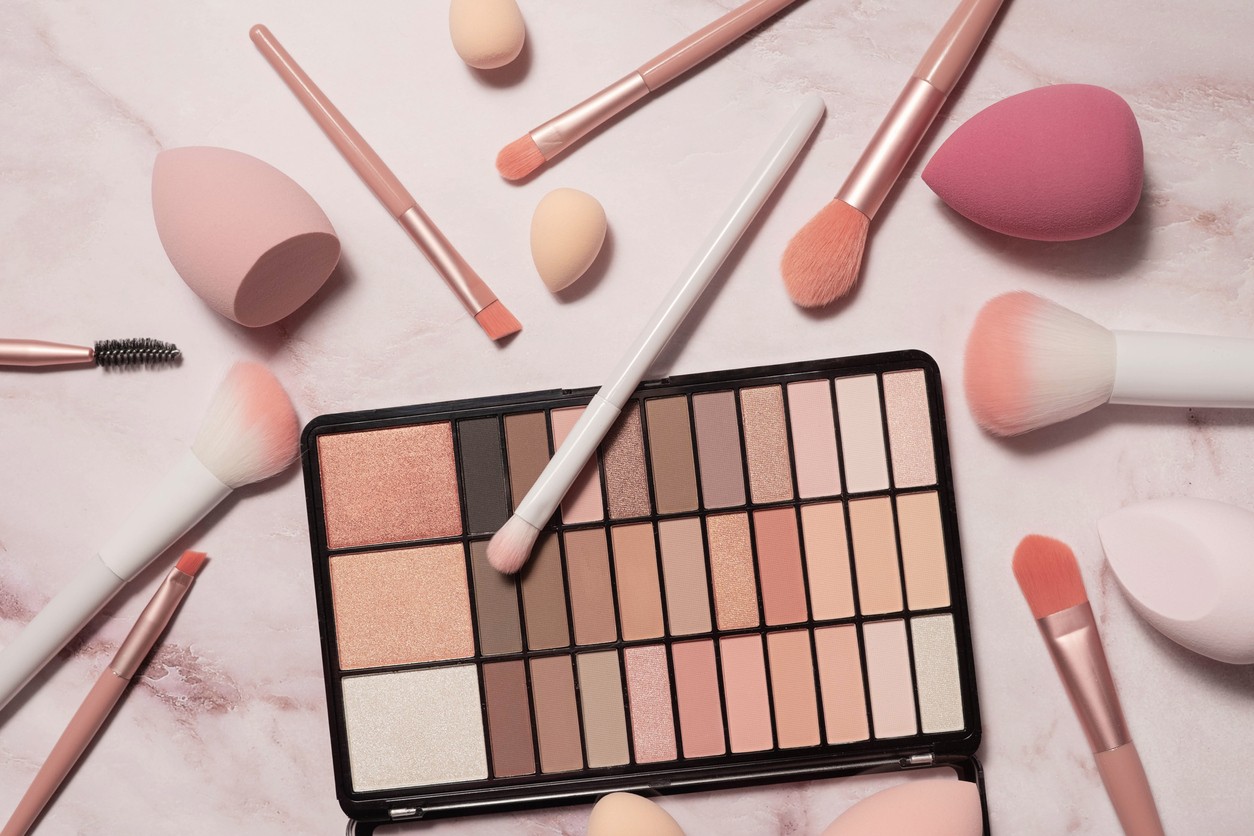
Wall Street Journal: The science behind a 'clean beauty' label
Demand for "clean beauty" products continues to grow, but what does that term really mean?
"Clean beauty is not defined in a regulatory sense in the cosmetics industry, so many retailers and brands have come up with their own definitions," said Kelly Dobos, adjunct instructor in the University of Cincinnati James L. Winkle College of Pharmacy's Cosmetic Science program. "It tends to focus on more naturally derived ingredients, as well as ingredients with known safety profiles."
Dobos, who is also an alumna of UC's Cosmetic Science program, walked through specific ingredients of a foundation sold by clean beauty brand Ilia for a Wall Street Journal video filmed in UC's cosmetic science laboratories.
She explained that in foundations, red, yellow and black iron oxide and titanium dioxides are used as primary pigments.
"Iron oxides are exactly like they sound, they’re basically rust," Dobos said. "Red iron oxide, of course, is probably most familiar. Titanium dioxide is used to tint the foundation to different shades, but it’s also added to increase opacity."
Titanium dioxide can be a carcinogen when inhaled, Dobos said, but it is safe when used in cosmetic formulations.
"The concern really comes from industrial exposures to workers who might be in manufacturing situations," she said.
Dobos said fillers in cosmetic products often get a "bad rap," but they play an important role in "balancing the feel of a product across the entire range of shades."
"Cosmetic ingredients are listed in descending order of predominance," Dobos added. "That means the greatest concentration of ingredients are closer to the top of the list."
Watch the Wall Street Journal video.
Dobos also discussed clean beauty cosmetics with Fox 19. Watch the Fox 19 segment.
Featured photo at top of makeup and brushes. Photo/July Ko/iStock.
Related Stories
How to build strength without lifting weights
January 16, 2026
Lifting weights isn't the only way to build strength and muscle. Experts, including the University of Cincinnati's Christopher Kotarsky, say body-weight exercises can go a long way and are a great way to get started for someone who doesn't feel like going to the gym.
Dual purpose
January 16, 2026
University of Cincinnati’s College and Career Tracks guide high school students through dual enrollment and College Credit Plus pathways. Students earn transferable college credits, explore careers in allied health and other fields, gain early college experience and improve college readiness while reducing future tuition costs.
UC awarded $1.1 million grant to tailor AI use in medical education
January 16, 2026
The University of Cincinnati College of Medicine has been selected as a recipient of a $1.1 million American Medical Association (AMA) Transforming Lifelong Learning Through Precision Education grant.
